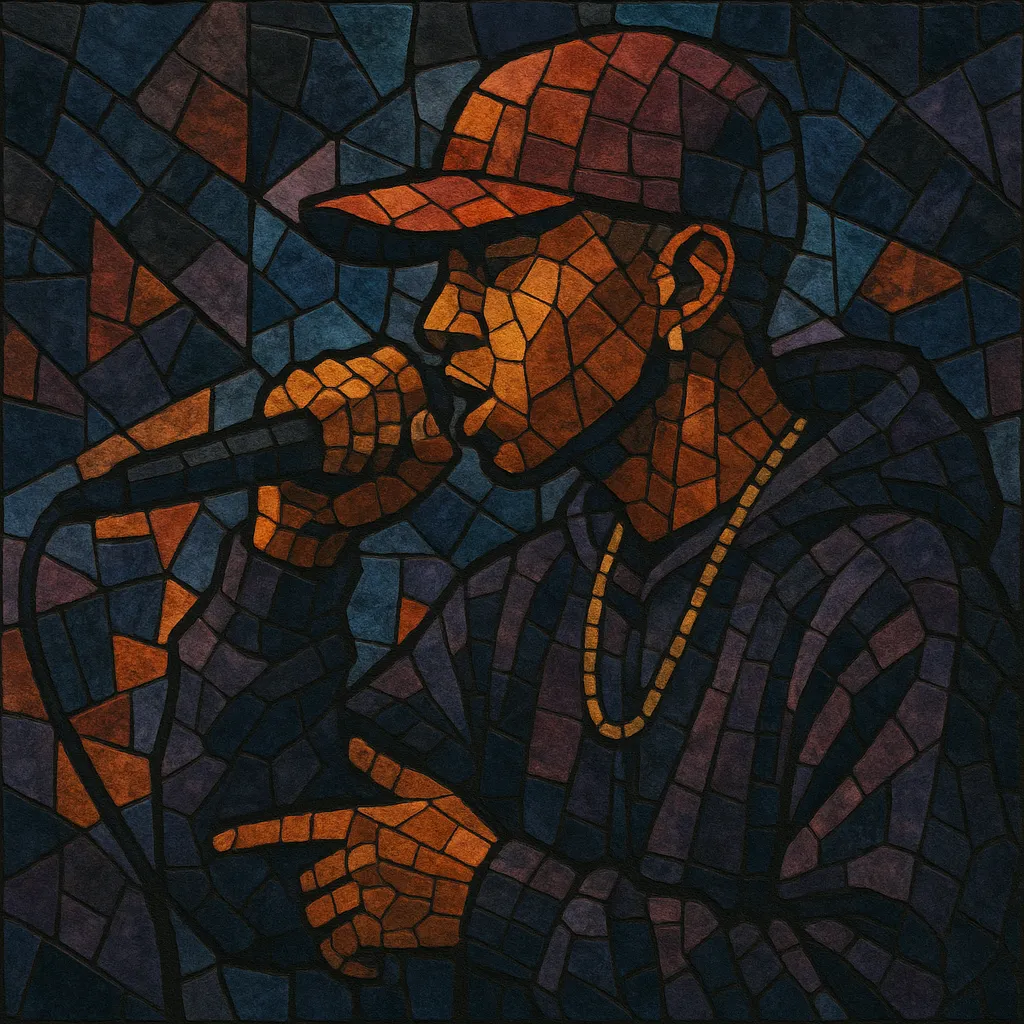K-rap is the umbrella term for Korean-language rap and hip hop, blending U.S. hip hop aesthetics with Korean linguistic nuance, pop songcraft, and Seoul’s club/crew culture. It spans boom‑bap traditionalism, trap-forward bangers, and sleek pop-rap hybrids, often switching between Korean and English ("Konglish") for punchlines and flow.
The genre is marked by tightly syncopated rhythms, 808-heavy low end, and hooks that may be sung in an R&B or pop style. Subject matter ranges from autobiographical hustle narratives and social commentary to playful wordplay and club‑centric bravado. Labels and crews, televised rap competitions, and crossover with K‑pop have all helped K-rap build a sizable domestic and global audience.
K-rap emerged in South Korea in the early to mid‑1990s as hip hop culture—DJing, b‑boying, and rapping—spread from the United States to Seoul’s youth scenes. Early mainstream exposure came via pop acts like Seo Taiji and Boys, who incorporated rap verses into chart hits, while underground circles formed around Hongdae clubs. Boom‑bap beats and sample‑based production defined the foundational sound.
The 2000s saw the rise of seminal artists and crews that gave Korean rap both identity and infrastructure. Drunken Tiger, Epik High, Dynamic Duo, and The Movement collective helped normalize Korean‑language lyricism, introspective themes, and social commentary in rap. Indie labels and management outfits emerged, fostering an ecosystem where underground credibility and mainstream visibility could coexist.
Television competitions such as Show Me the Money and Unpretty Rapstar catapulted K-rap to national popularity, introducing new stars to mass audiences and accelerating stylistic diversification. Labels like Illionaire (Dok2, The Quiett) and AOMG (founded by Jay Park) popularized trap sonics, entrepreneurial branding, and collaborative singles. Pop-rap crossovers, bilingual hooks, and producer‑driven aesthetics expanded the genre’s reach domestically and abroad.
In the 2020s, K-rap artists regularly chart globally, collaborate with international producers, and fold in trends like melodic trap, drill textures, and emo‑rap cadences. Digital platforms enable fast scene evolution, while K‑pop’s worldwide footprint gives K‑rap verses and features unprecedented visibility. The result is a versatile, exportable style that retains local identity while speaking the global hip hop language.
Start with either a boom‑bap groove (85–95 BPM, swung 16ths, punchy kicks and snares) or a trap framework (130–150 BPM double‑time feel, rolling hi‑hats, 808 subs, snare rims/claps). Leave space for dense syllabic flows and ad‑libs. Layer tasteful percussion fills to mark sections.
Use moody minor keys, jazzy 7th/9th chords, or sparse modal loops to foreground the vocal. Combine crate‑digging chops with clean modern sound design. For Korean flavor, sample or emulate traditional timbres (gayageum, haegeum, pansori vocal snippets) and blend them with contemporary drums.
Write verses that balance multisyllabic rhymes, internal schemes, and punchlines with narrative arcs. Switch between Korean and English (“Konglish”) for cadence and impact, but maintain semantic clarity. Explore themes like ambition, social pressure, youth culture, romance, and city life, using wordplay, honorific shifts (banmal/jondaetmal), and culturally specific references.
Common forms are 16‑bar verses with pre‑chorus and memorable sung or chanted hooks. Consider a rap–vocal feature format (rapper + R&B singer) to maximize contrast. Arrange with clear intro/outro tags, strategic drops, and ad‑lib stacks to build momentum.
Prioritize upfront, intelligible vocals with light saturation, controlled sibilance, and parallel compression. Tune sung hooks subtly for modern polish. Carve 808s and kick relationship with sidechain compression; preserve transient snap on snares. Keep masters dynamic enough for streaming while remaining club‑ready.
Deliver confident, rhythmically precise performances; rehearse breath control for fast passages. Use call‑and‑response and minimal backing tracks on stage. Visuals and styling can nod to Seoul street culture while staying authentic to the song’s narrative.


